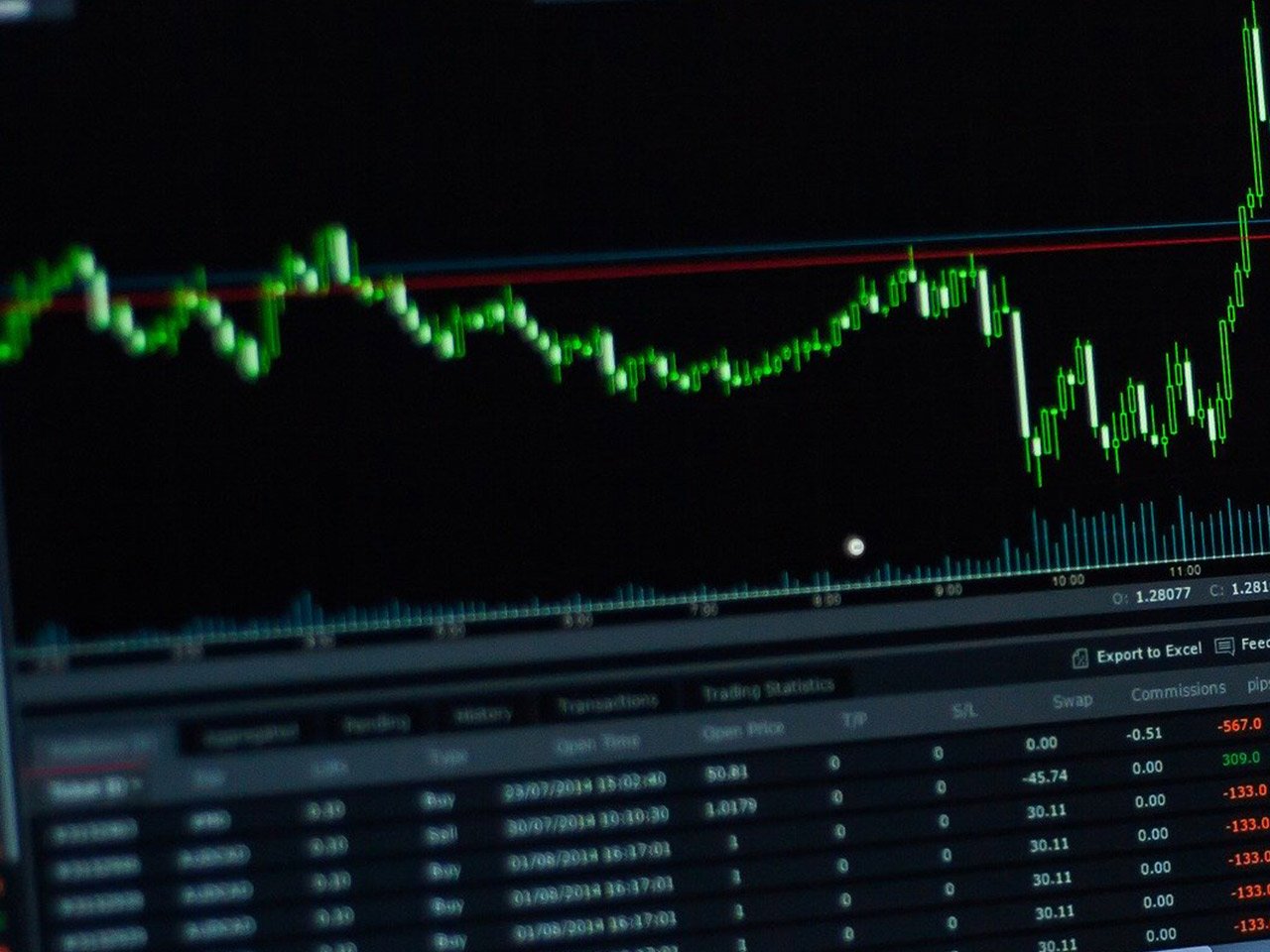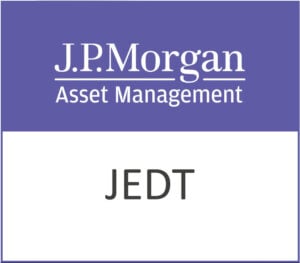BT Group PLC, listed under the ticker BT-A.L, stands as a stalwart in the telecom services industry within the UK’s communication services sector. With a market capitalisation of $20.18 billion, BT Group holds a significant place in the telecom landscape, offering a wide array of services from mobile and broadband to cybersecurity and cloud solutions across various continents.
As it currently trades at 207.2 GBp, BT Group’s stock has seen a relatively stable price change of 0.10, marking a 0.00% movement. The 52-week range from 130.45 to 222.70 GBp highlights the volatility that investors have witnessed over the past year. Amid this range, the average target price set by analysts stands at 205.47 GBp, indicating a marginal downside of -0.83% from its current level.
Valuation metrics for BT Group present an intriguing scenario for potential investors. The absence of a trailing P/E ratio and the unusually high forward P/E of 1,130.33 could signal caution, suggesting that future earnings are expected to be significantly lower relative to the current price. This discrepancy often highlights the uncertainty inherent in the telecom sector, particularly amidst the evolving technological landscape and competitive pressures.
BT Group’s performance metrics reveal a nuanced picture. While the company has managed to maintain a positive EPS of 0.11 and a return on equity of 8.29%, revenue growth has contracted by 1.40%. This contraction could be attributed to various factors, including market saturation in developed regions and regulatory challenges. However, the free cash flow of £2.15 billion indicates robust liquidity, providing the company with the flexibility to invest in growth initiatives or manage debt effectively.
In terms of dividends, BT Group offers an attractive yield of 3.94%, albeit with a high payout ratio of 76.32%. Such a payout ratio suggests the company is returning a significant portion of its earnings to shareholders, which may appeal to income-focused investors. However, it also raises questions about the sustainability of such payouts in the long term, especially if revenue growth continues to decline.
Analysts are divided in their outlook on BT Group, with 10 buy ratings juxtaposed against 5 sell ratings. This divergence reflects the mixed sentiments surrounding the company’s strategic direction and its ability to navigate industry challenges. The target price range, spanning from 130.00 to 299.00 GBp, underscores the potential for significant price movement based on future performance and market conditions.
From a technical perspective, BT Group’s stock is positioned above both its 50-day and 200-day moving averages, at 191.89 and 162.78 respectively, suggesting a bullish trend. However, the Relative Strength Index (RSI) of 52.96 indicates that the stock is neither overbought nor oversold, providing no immediate signal of a trend reversal.
BT Group’s comprehensive offering under brands like BT, EE, Plusnet, and Openreach positions it well to capitalise on the growing demand for connectivity and digital services. However, the company must adeptly navigate regulatory landscapes and competitive pressures to maintain its market position and drive sustainable growth.
Investors should keep a keen eye on BT Group’s strategic initiatives in emerging technologies and market expansion, as these will likely play a crucial role in shaping its future trajectory. As the telecom industry undergoes rapid transformation, BT Group’s ability to innovate and adapt will be critical in delivering shareholder value.










































